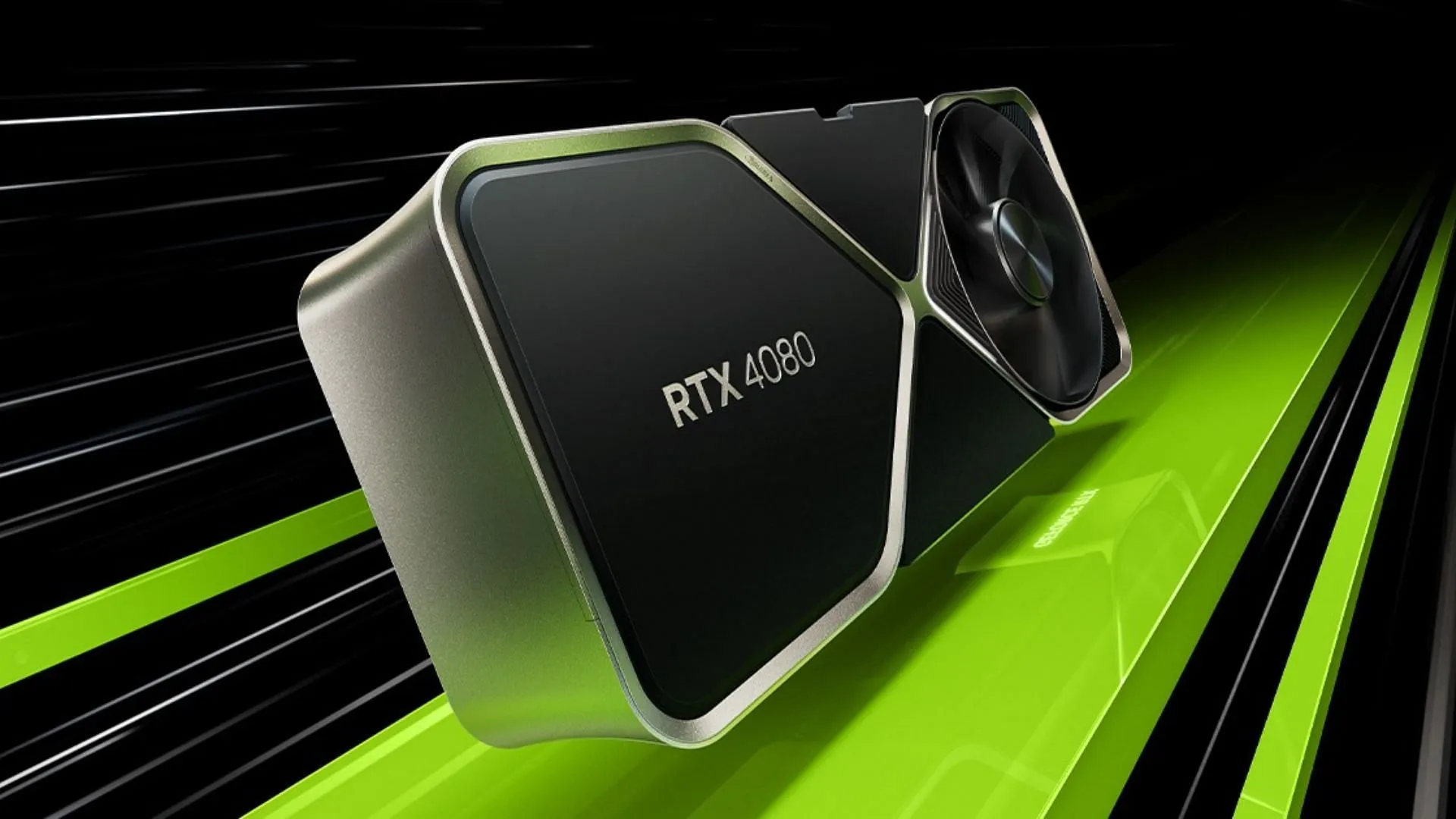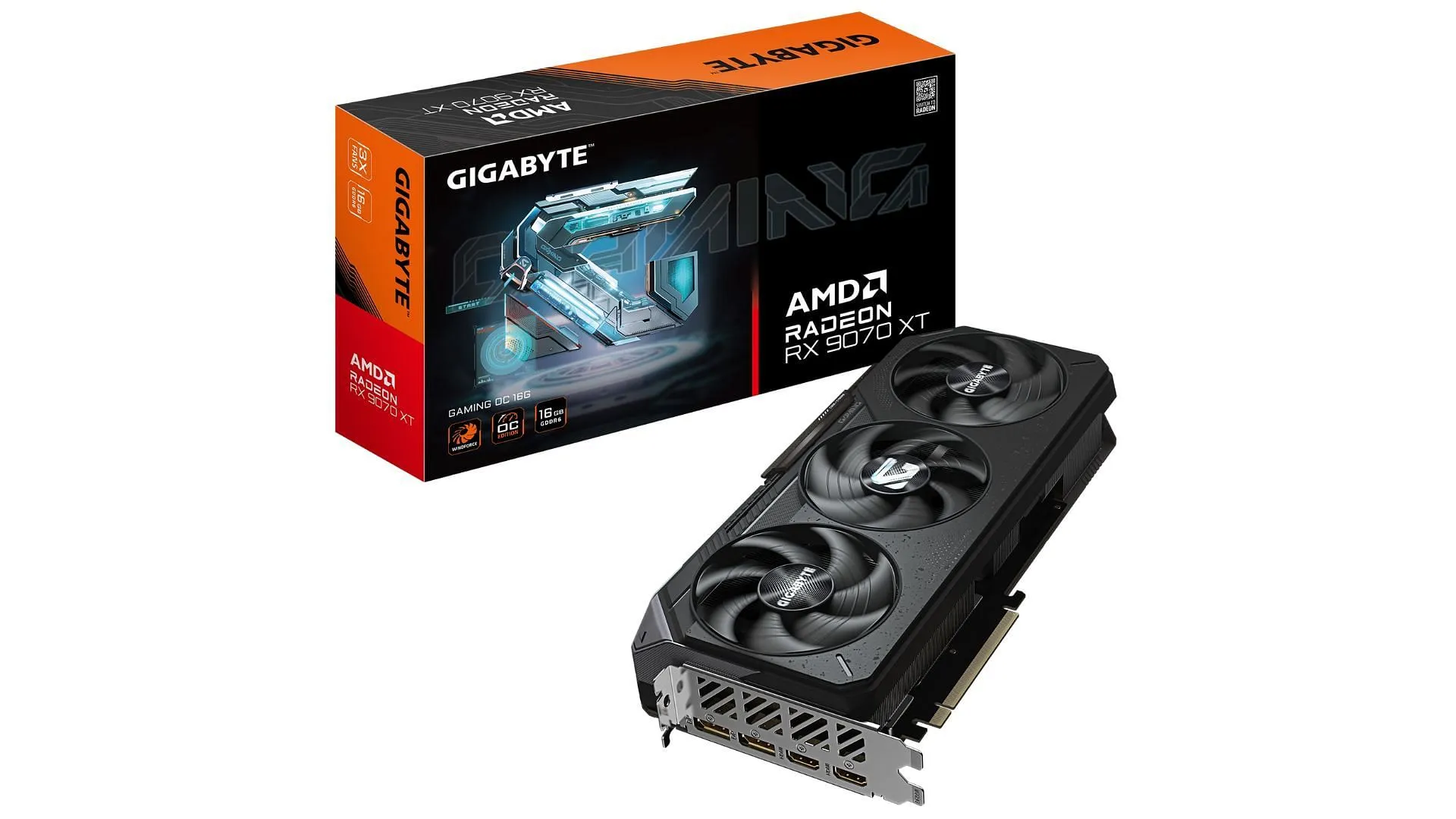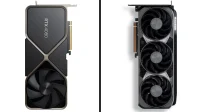Nvidia RTX 4080 vs AMD RX 9070 XT: The Battle of High-End GPUs
The Nvidia RTX 4080 and AMD RX 9070 XT stand out as premier graphics cards on the gaming market, each designed to excel in high-resolution settings without compromising on performance. Despite both GPUs being equipped with significant rendering capabilities suited for the latest and most demanding games, notable differences exist in their offerings. Nvidia emphasizes a luxurious gaming experience with advanced features like DLSS frame generation and superior ray tracing, while AMD prioritizes outstanding price-to-performance ratios alongside impressive raw rendering power.
But the burning question remains: which is the more worthwhile investment for both competitive and regular high-resolution gaming? This article takes a closer look at the strengths and weaknesses of these two graphics cards.
Comparing the Nvidia RTX 4080 and AMD RX 9070 XT

The Nvidia RTX 4080 and the AMD RX 9070 XT differ markedly in their architecture, design philosophies, and capabilities. A side-by-side examination of their technical specifications provides insights into their respective performance and features.
Technical Specifications Overview
The Nvidia RTX 4080 is built on the Ada Lovelace architecture, equipped with 9,728 CUDA cores and 16 GB of GDDR6X memory, ensuring it handles 4K gaming seamlessly. The GPU boasts 304 Tensor cores, 76 RT cores, and 76 streaming multiprocessors, maintaining its position among the top-performing graphics cards available today. Its raw rasterization performance is competitive, closely aligned with the upcoming RTX 5070 Ti and the RX 9070 XT.
Conversely, the AMD Radeon RX 9070 XT utilizes the new RDNA 4 architecture, leading to distinct hardware specifications. Featuring 4,096 Stream Processors and 64 Ray Accelerators, this card also has 16 GB of GDDR6 memory, albeit with comparatively slower VRAM, impacting bandwidth performance.
Specifications Table
| Specification | NVIDIA GeForce RTX 4080 | AMD Radeon RX 9070 XT |
|---|---|---|
| Architecture | Ada Lovelace | RDNA 4 |
| Process Node | 5 nm | 4 nm |
| Transistor Count | 45.9 billion | 53.9 billion |
| Die Size | 379 mm² | 357 mm² |
| Compute Units / CUDA Cores | 9,728 CUDA Cores | 64 Compute Units / 4,096 Stream Processors |
| Ray Accelerators | 76 | 64 |
| AI Accelerators | 304 Tensor Cores | 128 |
| Base Clock | 2.21 GHz | 2.4 GHz |
| Boost Clock | 2.51 GHz | 2.97 GHz |
| Memory Capacity | 16 GB GDDR6X | 16 GB GDDR6 |
| Memory Speed | 22.4 Gbps | 20 Gbps |
| Memory Bus Width | 256-bit | 256-bit |
| Memory Bandwidth | 716.8 GB/s | 640 GB/s |
| Infinity Cache | N/A | 64 MB |
| PCIe Interface | PCIe 4.0 x16 | PCIe 5.0 x16 |
| Total Graphics Power (TGP) | 320 W | 304 W |
| Recommended PSU | 750 W | 750 W |
| Display Outputs | 1x HDMI 2.1, 3x DisplayPort 1.4a | DisplayPort 2.1a, HDMI 2.1b |
| AV1 Encode/Decode | Yes | Yes |
| Launch Price | $1,199 | $599 |
| Release Date | November 2022 | March 6, 2025 |
When it comes to pricing, the RX 9070 XT presents a striking advantage, debuting at just $599—half the MSRP of the RTX 4080. However, due to limited availability, the two GPUs can sometimes land at similar prices, making this comparison all the more relevant.
Performance Analysis

Performance is a critical benchmark when comparing Nvidia and AMD offerings. Both the RTX 4080 and RX 9070 XT come packed with robust specifications, making them alluring choices for high-resolution gaming enthusiasts.
Here’s a glimpse of the frame rates each card delivers in various popular games at 1440p, with figures sourced from the YouTube channel Testing Games:
| AMD RX 9070 XT | Nvidia RTX 4080 | |
| Red Dead Redemption 2 | 124 FPS | 122 FPS |
| Microsoft Flight Simulator 2024 | 79 FPS | 68 FPS |
| S.T.A.L.K.E.R. 2 | 75 FPS | 79 FPS |
| Forza Horizon 5 | 194 FPS | 160 FPS |
| Horizon Forbidden West | 125 FPS | 117 FPS |
| Cyberpunk 2077 | 112 FPS | 104 FPS |
| Cyberpunk 2077 RT | 52 FPS | 62 FPS |
| Ghost of Tsushima | 123 FPS | 111 FPS |
| God of War: Ragnarok | 150 FPS | 158 FPS |
| Kingdom Come Deliverance 2 | 69 FPS | 89 FPS |
| Silent Hill 2 | 67 FPS | 77 FPS |
The performance metrics present a mixed picture. While the AMD RX 9070 XT leads marginally by 0.42% in overall performance across diverse titles, it shines in select games like Forza Horizon 5, where it outpaces the RTX 4080 by 20 FPS. In contrast, titles such as Kingdom Come Deliverance 2 highlight the RTX 4080’s superior capabilities, achieving up to 30% better performance.
When assessing performance at 4K resolution, while trends shift slightly, the AMD RX 9070 XT’s average frame rates fall about 2.54% behind the RTX 4080. This discrepancy becomes particularly evident in ray-traced games, where Nvidia’s architecture performs more robustly.
In conclusion, selecting between the AMD Radeon RX 9070 XT and the Nvidia RTX 4080 ultimately boils down to individual gaming preferences. If 1440p gaming is your primary focus, the AMD card emerges as a superior ally for diving into demanding gaming experiences. However, for 4K gamers, especially those with a vested interest in ray tracing, the RTX 5070 Ti, priced at $749, may present a better value proposition—offering competitive performance akin to the RTX 4080 alongside advanced features like DLSS 4.


